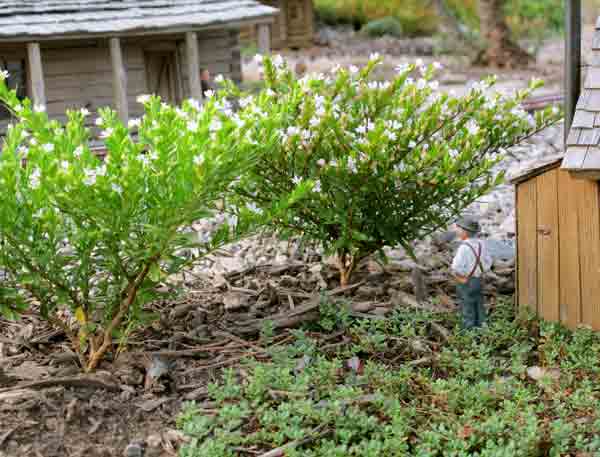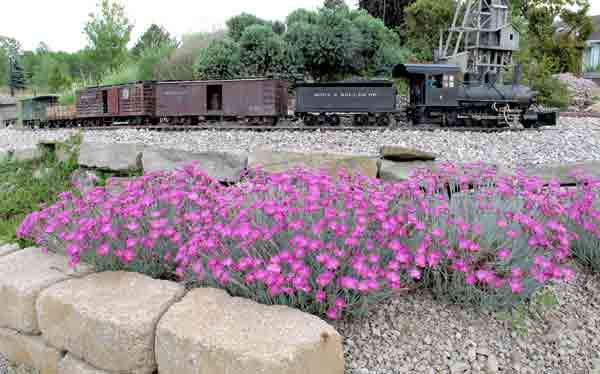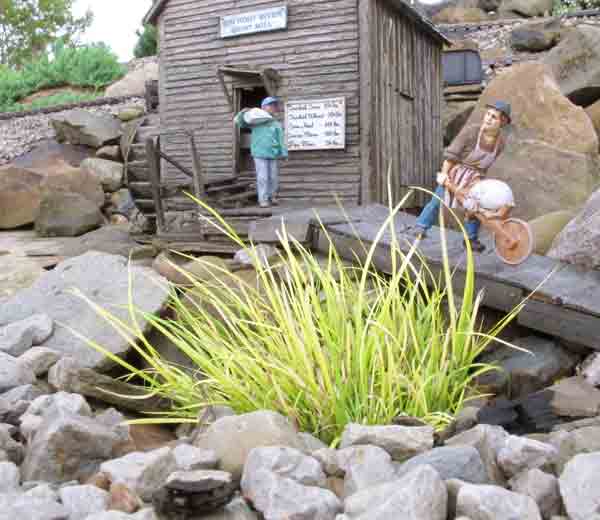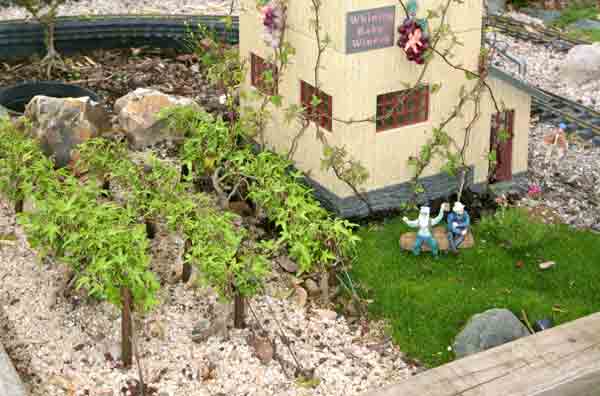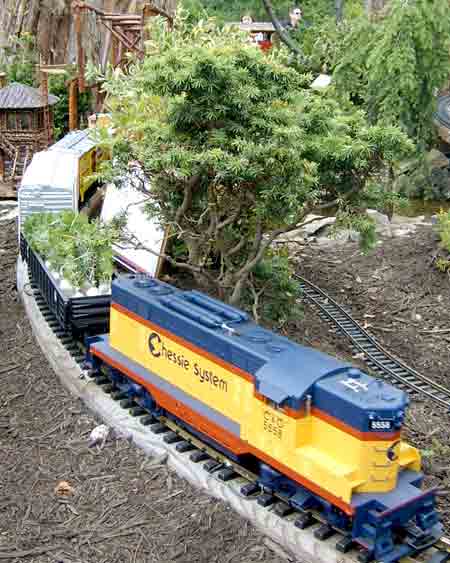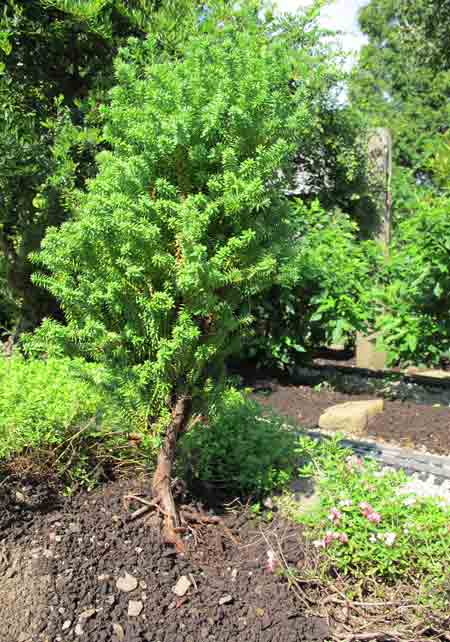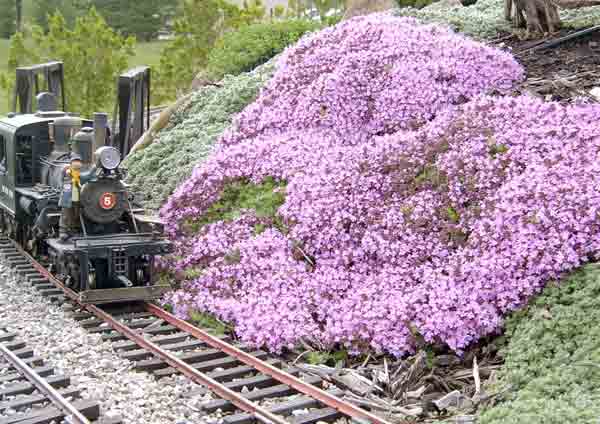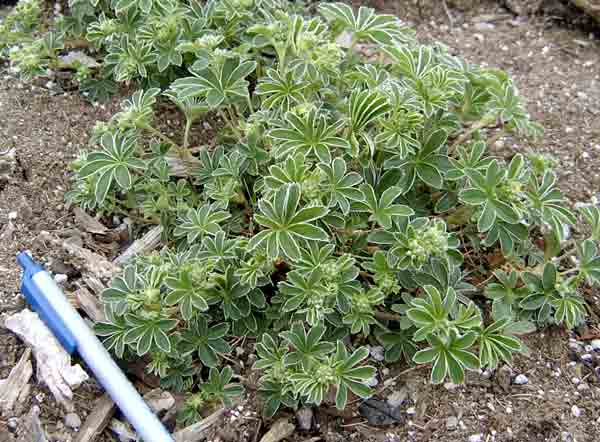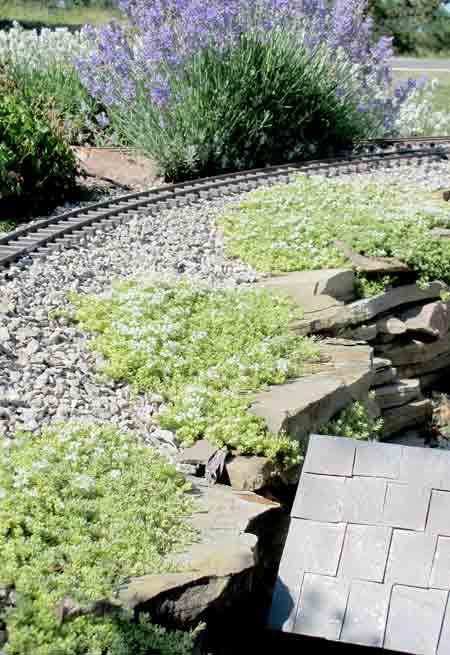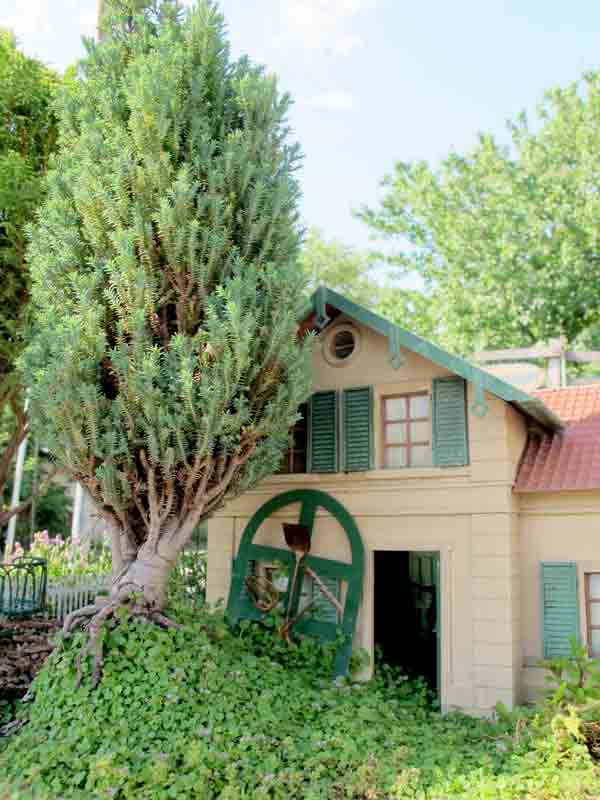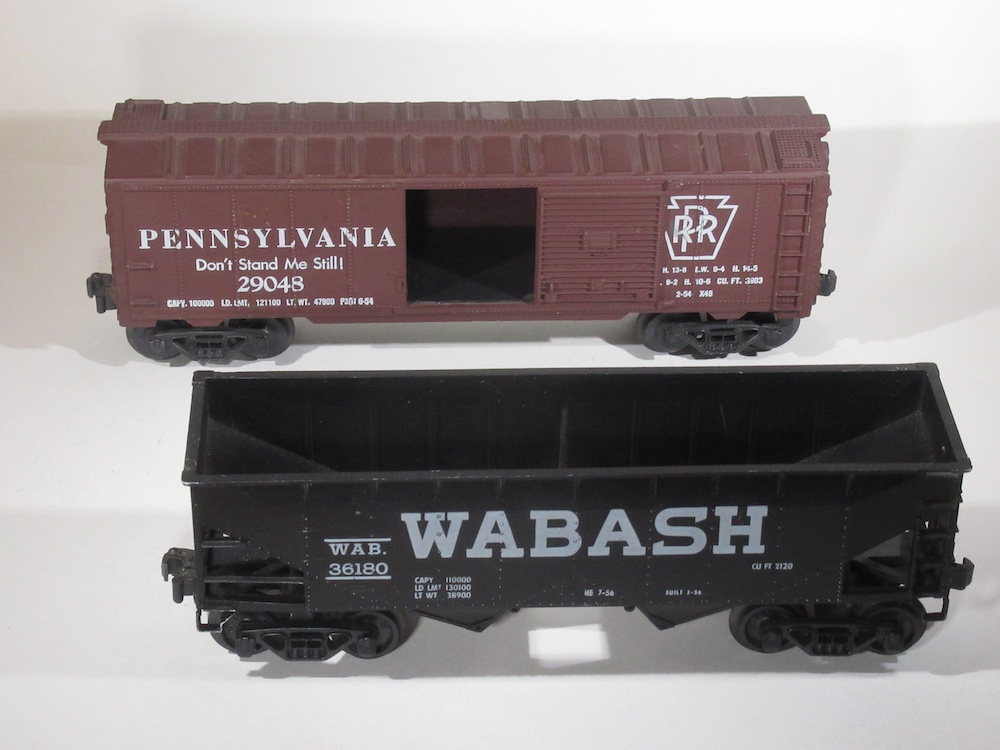If you’re like me, about this time of year catalogs become storefronts for window shopping. When plants are the object of desire, what you see is often not what you get (in the way of mature size and staying scale appropriate). The most recent issue of this magazine has several ads offering small plants but only one has a website showing a few photos of plants in a garden-railroad setting, and looking at starter plants in little pots at the nursery or garden center doesn’t give you much of a clue as to their future appearance on your railroad.
What I want to do here and in the next issue is to whet your appetite for a variety of small plants that could add interest to your line, by showing photographs of each plant growing in a garden railroad or in a natural setting. In addition to this, we also have a free download, on shaping and pruning mini trees that you can download.





